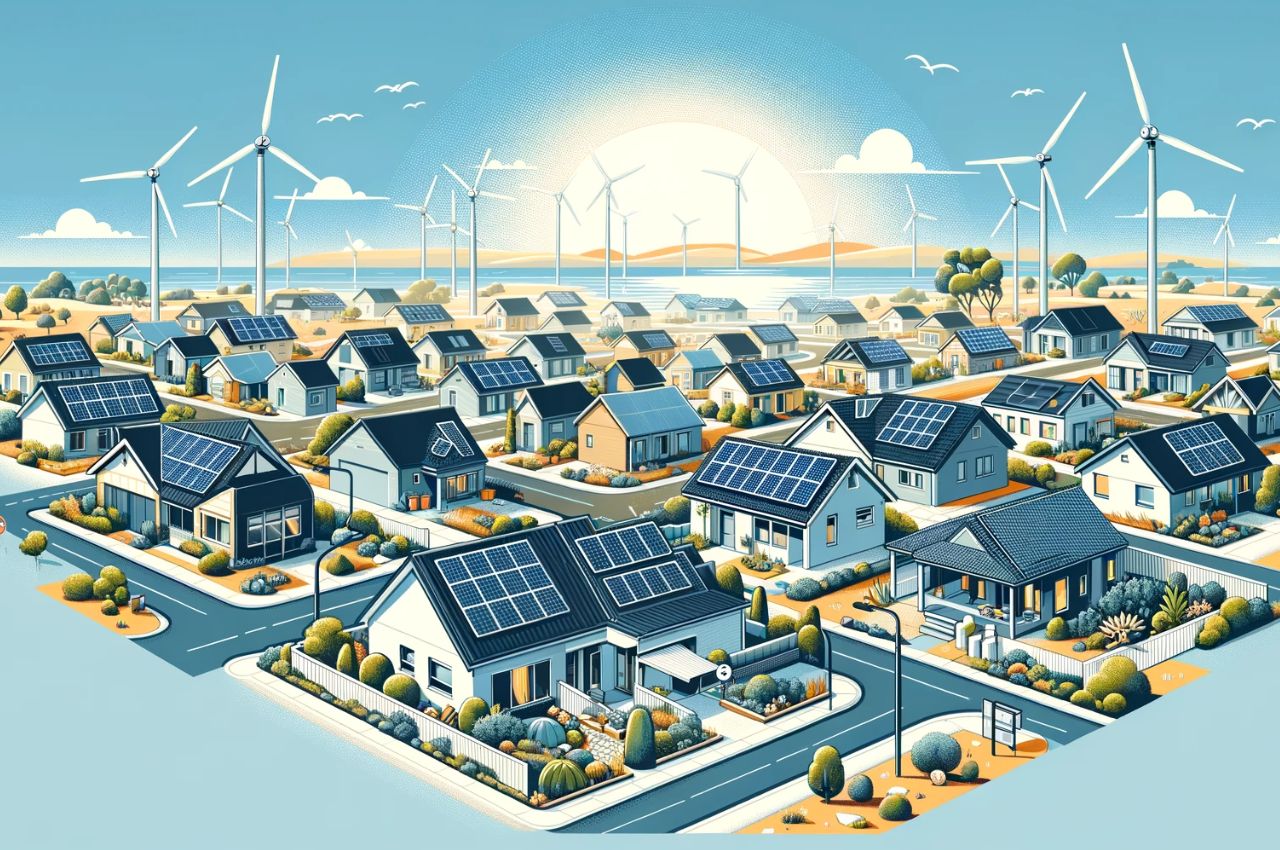
In Western Australia, if you’re considering installing solar panels, you might be eligible for a solar rebate WA. The size of the rebate you can get depends on how large the solar system you install is.
The average solar rebate in WA is $2,279 for installing a 6kWh solar panel system. This subsidy is awarded by the Western Australian government to encourage the uptake of renewable energy systems across the state.
Does Western Australia Offer a Solar Rebate?
In Western Australia, households and businesses can take advantage of significant subsidies for solar systems through the Federal Government’s Small-scale Technology Certificates (STCs) program. These subsidies can cut the cost of installing a solar system by nearly 30%. While Western Australia doesn’t offer its state-funded solar rebate, the federal STCs scheme serves as a valuable financial incentive. This program, often referred to as the Solar Rebate WA, allows homeowners in WA to save substantially on the initial expenses of setting up a solar system. Although it’s officially classified as an “incentive” rather than a Solar Rebate WA the impact of reducing upfront costs is substantial.
Solar Rebate Scheme in Perth
In Perth, the solar rebate provides a discount of up to 10% on the purchase and installation of solar systems. This offer is limited to one package per household, meaning if you’ve already benefited from a solar rebate for a photovoltaic (PV) system, you won’t qualify for another rebate for a solar hot water system. The solar rebate amount you receive is tied to the current value of a Small-scale Technology Certificate (STC), which is pegged at $37 for calculation purposes. For instance, installing a 2kW solar system could net you approximately $1,110 in rebates, equating to 30 STCs. It’s important to note that the value of an STC can vary from $34 to $40, depending on market demand.
| Array size | STCs | Subsidy |
| 3.9 Kw | 38 | $1,456 |
| 6.6 Kw | 64 | $2,426 |
| 10.5 Kw | 102 | $3,882 |
| 13.2 Kw | 128 | $4,852 |
Limitation
- STC values are subject to market demand and can fluctuate.
- The amount of STCs received decreases each year.
- Systems over 100kW are ineligible for the STC rebate but may qualify for the LRET aimed at commercial properties.
- The scheme may be phased out as the Western Australian government moves towards reducing or eliminating these incentives.
Solar Rebate WA Eligibility
If you’re interested in obtaining a government solar rebate WA, there are specific requirements you must satisfy. First off, if you’ve never received a rebate for your household before, you’re in luck, as the government allows one rebate per household. Your solar system must be connected to the grid and cannot be larger than 100kW. Additionally, the installation has to be carried out by a professional who is certified in this field.
Solar Rebate WA End Date
Solar rebate in WA end in 2030. Each year leading up to this date, the amount of rebates available to homeowners will gradually decrease. Therefore, the sooner you install your solar energy system, the greater the rebate you’ll be eligible for.
Despite the eventual cessation of the solar rebate incentives, solar power systems will remain cost-effective. Over time, as the production of solar technology scales up, the cost per kilowatt-hour (kWh) is expected to fall. This cost reduction is attributed to advancements in manufacturing techniques and the development of more energy-efficient technologies.
How to Claim Solar Rebate WA
To claim the solar rebate in Western Australia (WA), you should follow these steps:
1. Purchase from a CEC-accredited solar provider
It’s essential to confirm that your solar provider is accredited by the Clean Energy Council (CEC). This accreditation ensures that the provider meets the necessary quality and safety standards.
2. Solar provider lodges the rebate application
Your chosen solar provider is responsible for lodging the rebate application on your behalf. You will need to provide them with the necessary documentation, such as proof of property ownership.
3. Involvement in the Small-scale Renewable Energy Scheme (SRES)
The Commonwealth Government offers financial incentives for the installation of renewable energy systems, including solar, through the SRES. Solar installers typically handle the involvement in this scheme, which allows you to receive an upfront discount on the installation.
4. STCs as a form of rebate
In WA, rebates are offered in the form of Small-scale Technology Certificates (STCs). STCs are cash incentives designed to encourage the adoption of solar energy. When you install a solar energy system, you are awarded STCs, which can be sold to recoup a portion of your installation costs.
Calculating Your Solar Rebate
To calculate your solar rebate, you’ll need to consider the size of your solar system and the current STC market value. For instance, a 6.6 kW solar system in Western Australia can generate 64 STCs, each potentially valued at $38, amounting to a Solar rebate of up to $2,426. These figures are subject to market fluctuations, but they offer a significant reduction in the net cost of solar installations.
Feed-in Tariffs in Western Australia
The Distributed Energy Buyback Scheme (DEBS) offers Western Australians an opportunity to gain financial credits for surplus solar power fed back into the grid. This scheme operates on a time-variant feed-in tariff system, encouraging energy export during high-demand periods. For example, Synergy offers 10 cents per kWh for energy exported between 3 PM and 9 PM and 2.25 cents per kWh for off-peak hours. This tariff structure aims to maximize the efficiency and profitability of solar energy systems in the region.
Future of Solar Rebates and Sustainable Energy in WA
Looking beyond 2024, the landscape of solar rebate WA is set to evolve further. With the world increasingly focusing on sustainable energy solutions, the role of solar energy in Western Australia’s energy mix is more crucial than ever. These incentives not only make solar energy more accessible but also underscore the region’s commitment to a sustainable and environmentally responsible future.
Conclusion
The future of solar energy in Western Australia is indeed bright. With favorable policies, Solar Rebate, and an ever-growing awareness of the benefits of renewable energy, the state is poised for a solar-powered revolution. As we move into 2024 and beyond, the role of solar energy in Western Australia’s sustainable future becomes increasingly important. Whether you’re a homeowner, business owner, or simply a resident interested in sustainable living, now is the time to explore the benefits of solar energy and contribute to a cleaner, greener, and more energy-independent Western Australia.
Also read: Victoria Solar Rebate 2024


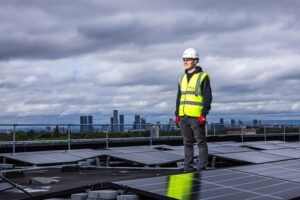
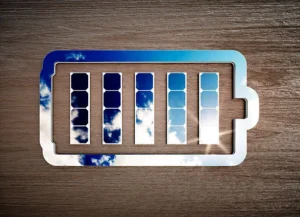
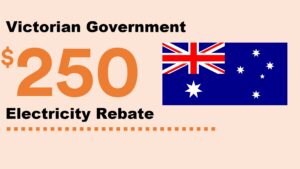
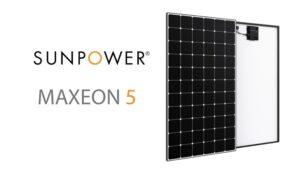
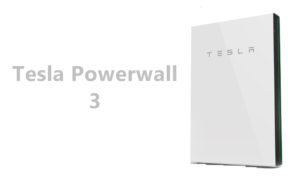
3 thoughts on “Solar Rebate WA 2024 | End Date, Eligibility, How to Claim”
Comments are closed.